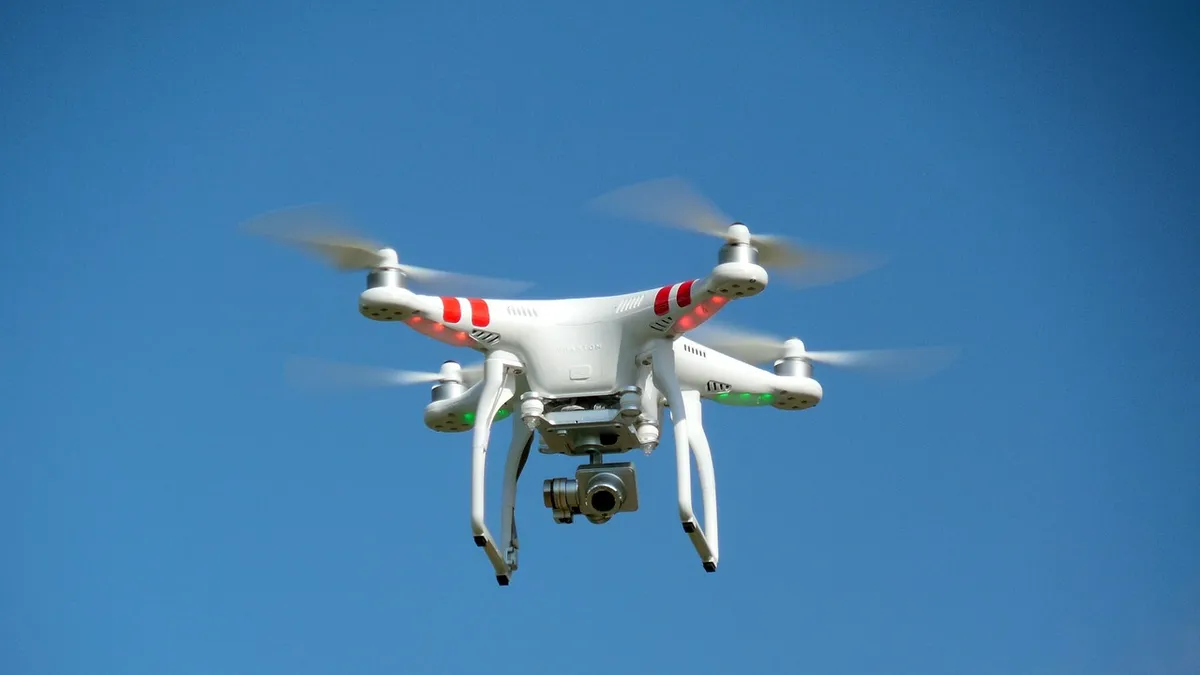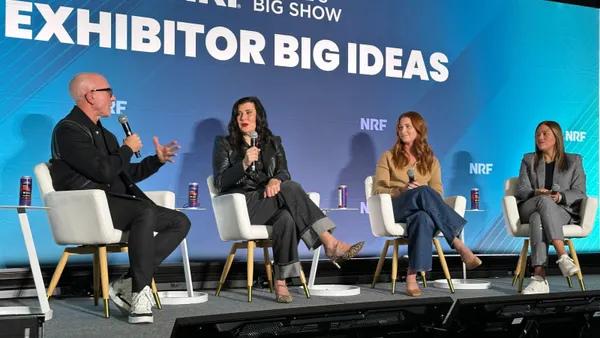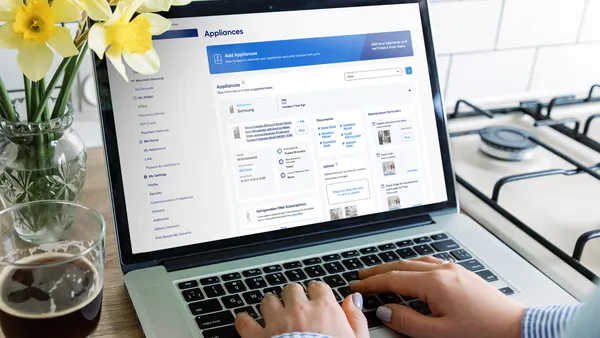Dive Brief:
-
Drones for package delivery are likely three or more years away from becoming a widespread commercial reality, a timeline suggested by plans outlined by federal officials and their technical advisors for development of further drone standards and technical guidelines for collision-avoidance technology, The Wall Street Journal reports.
-
Federal Aviation Administration technical advisor RTCA is starting to define some of the technical standards, but a whitepaper spelling out the assumptions and approaches for next-generation “detect and avoid” sensor technologies won’t be finished until next summer, and it will be closer to 2020 before wide-ranging standards that will have impact on further delivery drone rules are completed.
-
Amazon, which has been the most vocal of several firms that have been pushing the federal government to accelerate its drone regulation work, declined comment for the WSJ report. California-based drone-maker Matternet, which is working on a project with Mercedes-Benz, acknowledged in the story that the market inflection point for delivery drones is likely “around 2020.”
Dive Insight:
Way to spoil our delivery drone dreams, feds.
The writing probably was on the wall for this disappointment when initial federal drone regulations announced a few months ago only covered drones weighing under 55 pounds, flying under 400 feet in altitude and within the line of sight of licensed drone operators. Many package delivery drone applications would require larger aircraft, or at least drones that would be flying at somewhat higher altitudes and beyond the operator's vision.
Since the first round of regulations went into effect last month, companies interested in drone delivery have continued to announce drone delivery pilot projects (such as one involving UPS and CyPhy), but some of the previous energy and sense of urgency was absent.
Amazon apparently doesn't want to talk about it, but you know the e-commerce giant must be plenty upset. Its well-known desire to move aggressively with new technologies and supply chain ambitions has to be cramping with the knowledge it won't be able to do much in the drone delivery space, at least in the U.S., for the next few years.
The reasoning for the drawn-out regulatory timeline is mostly well-meaning. Collision-avoidance and overall safety is paramount to everyone from federal officials to drone-makers to retailers to the White House, although many companies believe the feds should achieve more standards and technical safety guideline more quickly than the feds are indicating they can.
While we wait, it will be interesting to see how the burgeoning delivery drone ecosystem is affected. Companies like Amazon and Google can afford to wait even if they don't want to, but will the army of upstart drone makers that have popped up in recent years get by on tests and promises? It looks like they will have to, somehow.











